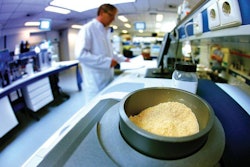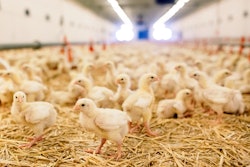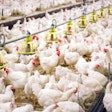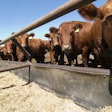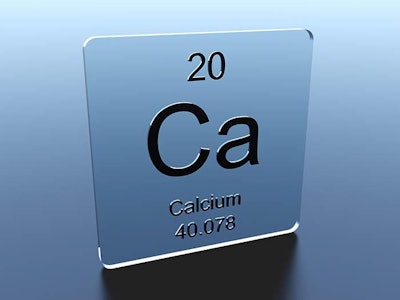
Providing calcium to layers is immensely trickier than doing the same for any other farm animal.
When discussing calcium nutrition for layers, most focus on the percentage concentration of the nutrient in the feed. After all, layers require an abnormal amount of calcium if they are to lay an egg almost every day of their productive life. In fact, such a high-calcium diet quickly leads to metabolic disorders and, for that, some preventative measures are available.
To fine-tune calcium nutrition for layers, one must consider all of the following aspects carefully.
-
Concentration
More is not always better. The highest levels should coincide with peak production and be reduced accordingly as productivity declines with age, while efforts are taken to improve absorption from the gut.
-
Source
Limestone, being the most widely used source of calcium, is not just calcium carbonate. Levels of calcium in limestone – and all other natural sources – can be variable. Some sources are better than others, whereas pure calcium carbonate is a sure, albeit more expensive, option.
-
Particle size
A blend of coarse and fine particle size should be used, as the coarser particles ensure a more prolonged absorption time that coincides with the time eggshell formation happens. It appears this blend can be different for brown versus white egg genetics.
-
Solubility
A highly soluble source of calcium will ensure rapid absorption, but lower solubility ensures less wastage over the course of the day. As with particle size, which also affects solubility, a blend of both is required. In vitro solubility differs from in vivo solubility.
-
Other nutrients and additives
We know that phytate and phosphorus in general interact with calcium, and vice versa. The same applies to certain other minerals, and perhaps some additives that affect gut health. In general, higher gut health allows for higher calcium absorption rates and thus lower calcium dietary levels. The latter is vital to ensure eggshell quality during the later production phase. Presently, this is a very active area of research and commercial interest.


